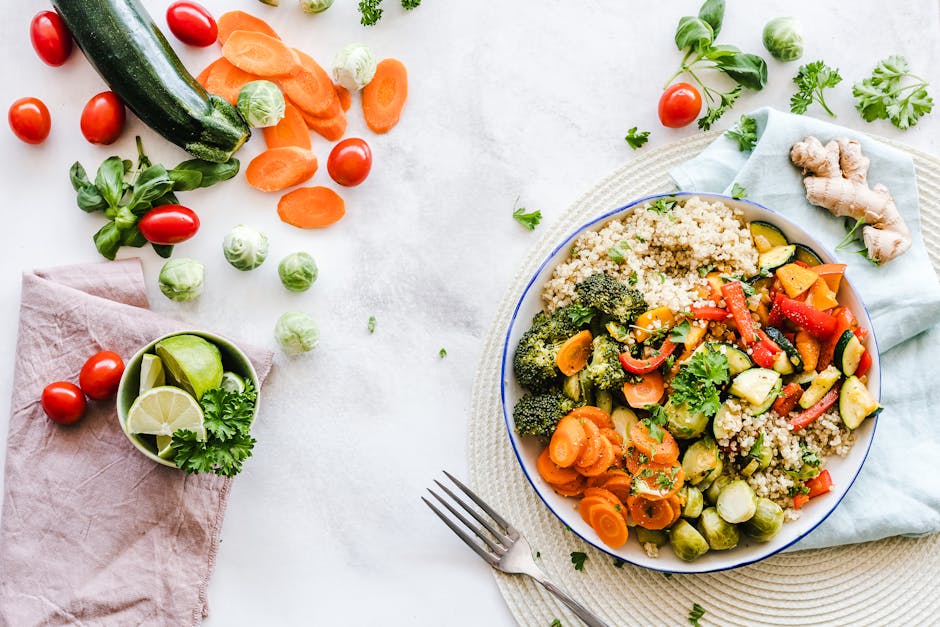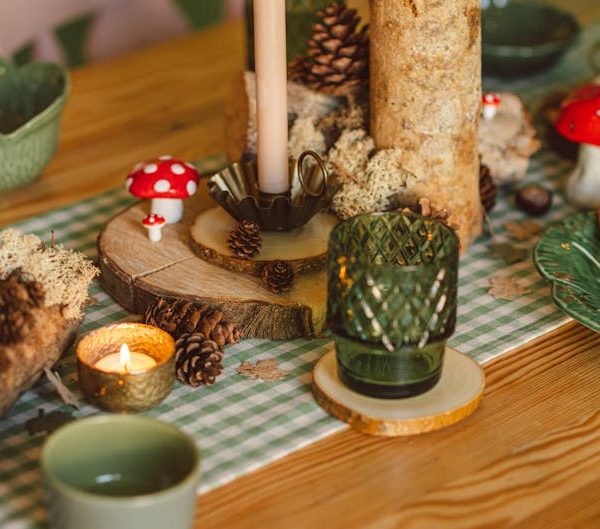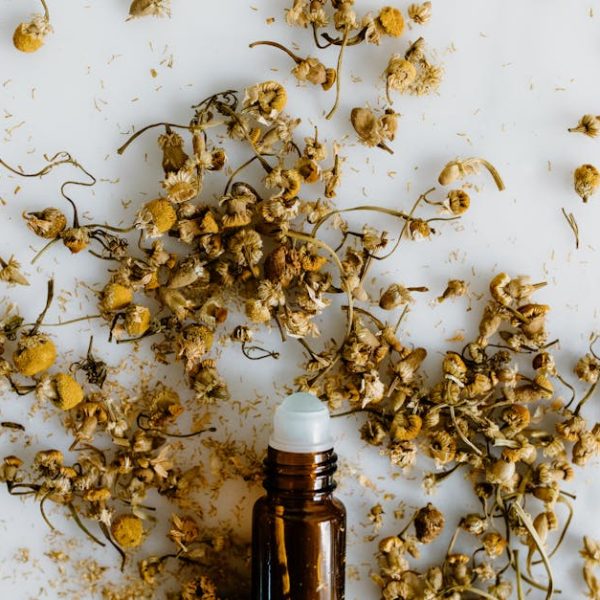Common basil, also known as sweet basil, is an incredibly versatile herb used in various types of cuisine due to its aromatic and distinctive flavor. Originating from central Africa to Southeast Asia, its vibrant green leaves are a staple in Mediterranean cooking, particularly in Italy, where it’s used in world-renowned dishes such as pesto.
Pro Tip: Preserving the fresh basil can be a bit tricky, but one effective method involves storing the fresh leaves in an airtight container with a damp paper towel in the refrigerator.
Unlike other herbs that mellow when cooked, basil retains its robust flavor, characterized by a savory, slightly sweet taste, somewhat like anise or cloves. The leaves are soft, and the plant exudes a strong, pungent aroma when it’s fresh that hints at its flavor profile.
✅ Checklist: Fresh common basil is vibrant green, has a potent, refreshing aroma, and the leaves are firm to the touch, without any brown spots.
Basil is not only delicious but also a treasure trove of nutrition. It is rich in Vitamin K, essential for blood clotting, and also provides a decent amount of Vitamin A and calcium. It has antioxidant properties, promotes cardiovascular health, and provides an antibacterial boost.
Best Practices: To reap the most benefits, use fresh basil leaves. They can be chopped and added to salads, pasta, or sauces. Fresh basil also adds zest to cocktails!
Delving Into Thai Basil
Thai Basil, as the name suggests, is a fundamental herb in Thai cooking. Native to Southeast Asia, it’s frequently used to inject flavor into spicy dishes, soups, and stir-fries. It’s a powerhouse of taste and fragrance and lends a unique warmth to Thai foods.
Pro Tip: Thai basil thrives in warm temperatures and needs at least 6 hours of sunlight per day. Growing it yourself is an excellent way to always have it on hand.
Thai Basil, or “Horapha” in Thai, has a stronger, spicier flavor punctuated by licorice-like notes. It has purple stems with narrow leaves and small purple or white flowers. It emanates a potent aroma strikingly similar to that of star anise or cloves.
✅ Checklist: Fresh Thai basil leaves are a rich, dark green, boast a strong, spicy aroma, and are attached to purplish stems.
Nutritionally, Thai basil presents an impressive array of health benefits. It supports heart health, nourishes skin, enhances digestion, and provides relief from stress. It also contains a considerable number of antioxidants.
Best Practices: Toss the leaves into your curry or stir-fry towards the end of cooking to preserve the herb’s vibrant flavor.
Differentiating Between Basil and Thai Basil
Though both varieties belong to the mint family and share some similarities, they have several unique characteristics. Common basil tends to have a milder, sweet flavor, while Thai basil is spicier, with an intense, slightly licorice-like taste.
Versus:
| Common Basil | Thai Basil |
|---|---|
| Sweet, milder flavor | Robust, spicy, anise-centric taste |
| Bright green leaves | Dark green leaves |
| Frequently used in Italian cuisine | Staple in Thai and other Asian cuisines |
In terms of usage, common basil is a fundamental ingredient in classic Italian dishes and is often mixed with tomatoes, used in salads, or added to cheese. Thai basil, conversely, generally finds a place in more robust, spicy dishes where it can hold its own against other strong flavors.
Swapping Basil for Thai Basil, and Vice Versa
At times, you might wonder if these two different varieties are interchangeable — whether one can replace the other. The answer largely depends on the cooking context.
Pro Tip: If swapping, remember these basils are not equal in flavor intensity. You may need more common basil to replicate the spicier, more robust flavor of Thai basil.
In a pinch, Thai basil can be used in recipes calling for common basil, especially in pesto or similar sauces, but the dish will have an unusual anise-like twist. Contrarily, in spicy Thai dishes where the robust flavor of Thai basil is vital, swapping in common basil might leave the dish lacking in flavor.
Lists:
- Dishes ideal for substituting:
– Pesto
– Tomato sauce
– Salads
- Dishes where substitution is not recommended:
– Thai Curry
– Spicy Stir-fry
– Pho
Growing and Maintaining Basil and Thai Basil
Whether you are a seasoned gardener or a greenhorn, you’ll be happy to know that both types of basil are relatively straightforward to grow.
Best Practices: Keep the plants in a sunny spot, water them regularly (but don’t let water stand, as it may cause root rot), and pinch off the flowering tops to encourage bushier growth.
Even though both the basils belong to the mint family, there are some differences in their growth conditions. Thai basil prefers warmer temperatures and regular watering, whilst common basil tends to grow best in slightly cooler conditions.
Comparison:
| Common Basil | Thai Basil |
|---|---|
| Prefers temperatures of 70-75°F | Thrives at 80-90°F |
| Regular watering, but sensitive to overwatering | Must be consistently moist, but requires good drainage |
| Suitable for temperate climates | Ideal for tropical climates |
Harvesting and preserving the freshness happen to be the final steps in your basil journey. Harvest in the morning when the leaves hold the most oils. Preservation can happen by using an airtight container with a damp paper towel or by freezing the leaves.
Pro Tip: For the most vibrant flavor, use fresh basil leaves right after harvesting. If storing, preserve with olive oil, refrigerating in an airtight container, or freezing them to retain the maximum freshness.
Key Takeaway:
- Both common basil and Thai basil are flavorful herbs from the mint family, but they exhibit distinctive characteristics and uses in various cuisines.
- Common basil or sweet basil, used prominently in Mediterranean cooking, conserves its strong flavor even when cooked and is packed with nutritional benefits.
- Thai basil, a pillar in Thai cooking, offers a robust, spicy flavor and provides a plethora of health benefits.
- Although both can be substituted in certain dishes due to their similar flavor profiles, some recipes demand a particular type of basil for authentic taste.
- Both herbs can be cultivated at home given the correct growth conditions, and their leaves can be harvested and preserved for maximum flavor and freshness.
Maintaining a herb garden at home and adding fresh basil or Thai basil to your meals is not just a culinary adventure but also a healthy practice. Cultivating these herbs is not as intimidating as it seems. So go ahead, foster them, and enjoy fresh, aromatic basil in your dishes!
FAQs
Q: Why does Thai basil have a purple stem, unlike common basil?
A: Thai basil and common basil are different varieties of the same plant and naturally have distinctive color characteristics. Thai basil’s purple stem is one such difference, which also adds a bit of color to your dishes.
Q: Can I use dried basil as a substitute for fresh basil or Thai basil?
A: Dried basil can be used as a substitute, but remember, the flavor and scent of dried herbs are generally less potent compared to fresh ones. Adjust the quantity accordingly.
Q: Is it okay to eat the flowers on the basil plants?
A: Yes, both Thai basil and common basil flowers are edible and impart a mild basil flavor. They can be used to garnish dishes.
Q: Which basil variety is better for Thai dishes, common basil or Thai basil?
A: Thai basil is ideally used in Thai dishes due to its spicier and robust flavor, compared to the milder and sweeter taste of common basil.
Q: In what condition should I store basil for the long term?
A: Basil leaves keep their flavor best when they’re stored in an airtight container with a damp paper towel in the refrigerator. They can also be frozen for long-term storage.
We hope the article answered all of your basil-related questions, and encourage you to explore more posts on our website. Feel free to share this article with anyone you think might find it useful!






